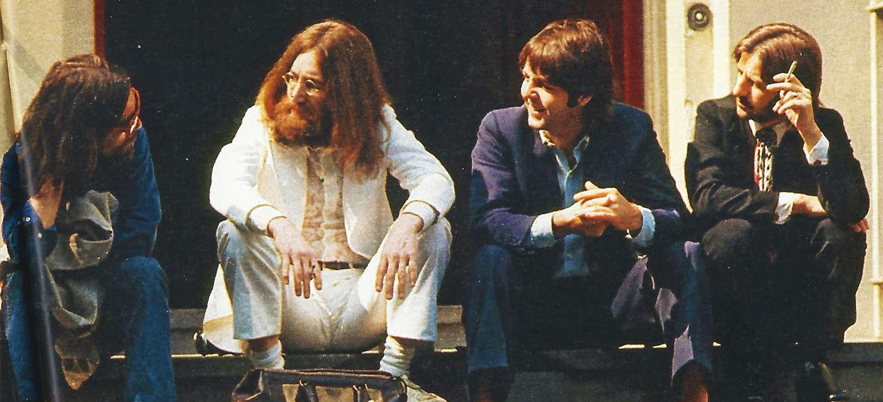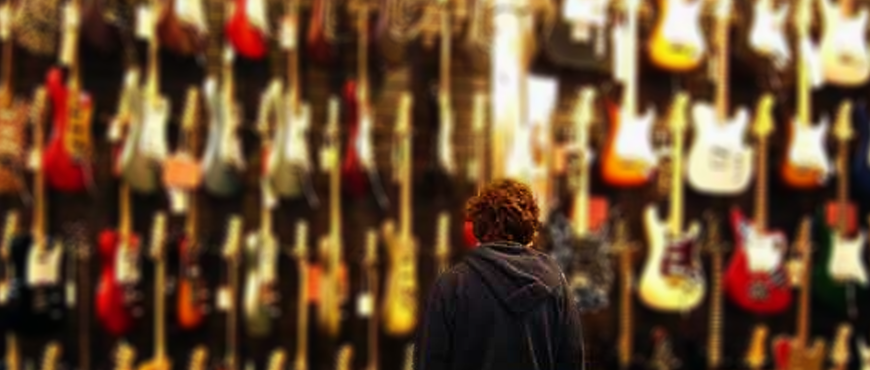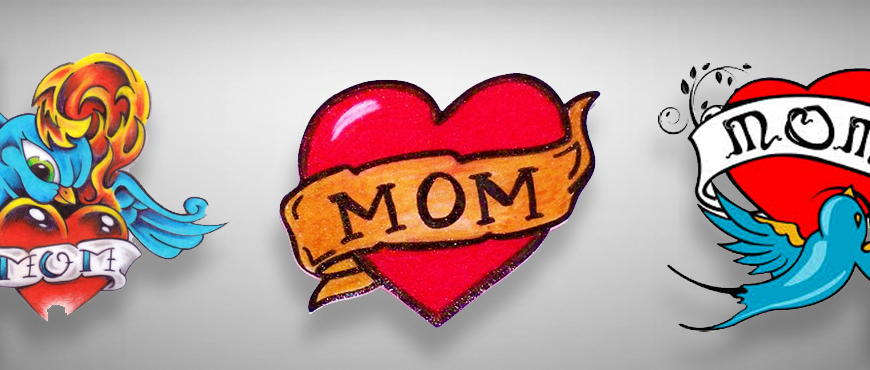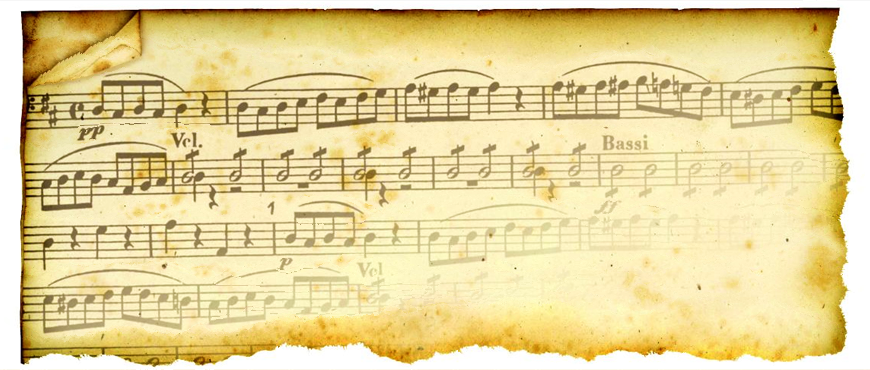
Lead Guitar Techniques |Stand By Me 1
July 7, 2015
Every Beatles Song Explained
July 7, 2015Buying Your First Guitar

[level-premium-members][wpfp-link][/level-premium-members]

I remember buying my first guitar.
My mom tells me that the look on my face as I sat down to play it in the music store was all the proof she needed that it was the guitar for me.
It was a sweet $79.00 Hondo Strat with one humbucker and a volume knob. What else do you need?
I still have it, though after 25 years it’s starting to show it’s age…good thing I’m not. 🙂
There are many things to look for and think about when buying your first axe. Luckily here to help us out is our first guest writer Suzanne DeCree from the blog Rage & Apathy.com with some great advice.
Take it away Suzanne.
How Much Should I Spend? by: Suzanne DeCree
Ahhh…the question dreaded by music teachers everywhere.? “How much should I spend on a beginner’s instrument?”
This question is a double-edged sword.
At first, it seems that the parent is just trying to get an idea of a good budget point. Many times, however, this is code for
“I really don’t think he or she will stick with it and I want to spend the least amount possible.
The answer is obvious to most music teachers. The more you spend, the better instrument you get. The better the instrument the more likely the student will be to stick with it. In other words, a $100 guitar is much more likely to guarantee better results than a $50 guitar (we’re talking new, here, not used.)
I can almost guarantee that a $30 guitar purchased in a toy store will not stay in tune. Heck, it won’t even go in tune. It will also, most likely, not survive the next little “mishap.”
So, when you ask me if you should spend $200-$300 on your first guitar,
my instinct is to say “YES!”
That being said, I also realize that not everyone is simply willing to risk that on a child that might be changing his or her mind within the next 2 months. The trick, then, is to find a happy medium.
Here are my official suggestions for a beginner’s guitar:
[content_box_grey width=”75%”]Buy new – unless you already play, you’re probably not sure what you’re looking for. A new instrument always gives that “I can return it” security. Stick around the $100 – $150 range. This will usually not break the budget but will provide a good enough sound and playing experience for the student to stick with it.
Get an acoustic – I always suggest beginning on an acoustic. In general, acoustic guitars will make the fingers stronger, more dextrous and build better overall technique. There is a trade-off here, though. An electric guitar will give the student a “fun factor” that they won’t get on the acoustic. So you might want to go for the electric just to make sure your student will pick it up and play.
Check the neck! There are 3 things I always check for on the neck: (1) Is it straight (not twisted from side to side) (2) Is there a slight “dip” in the middle of the neck (this is a good thing…) and (3) Do the frets stick out over the side? The first two require that you look lengthwise down the neck. I usually start at the tuners and look toward the ground. All of the frets should go in nice, parallel lines. If they don’t there is a problem. Somewhere around the middle of the neck, you should see the frets get a little closer and then a little farther apart (but still parallel). That’s fine, too.
Check the frets – Lastly, run your fingers up and down the sides of the neck. If it hurts and scratches your fingers, put it back. If you are buying from a music store, ask them to run a quick set up on the guitar for you. This should include checking the harmonics (making sure it will stay in tune, basically) checking the neck and adjusting anything that needs to be adjusted. I used to do this with every shipment that came in before the guitars were ever put out to sell.[/content_box_grey]
Other Tips
- Ask for a new set of strings. That new guitar was probably made overseas, shipped over the ocean on a boat and sitting in distribution centers for awhile. Corroded strings may mean tetanus shots. Tetanus shots are not happy things.
- Ask to be shown how to change the strings. Being able to change your strings will save you lots of money in the long run.
- Above all, stick to brands you know. You are likely to get a better instrument and a better warranty by not going with an no-name guitar.
- One last thought – talk to a musician. Not necessarily the guys who are trying to sell you the instrument. Most of them work for commission. Ask a friend or a guitar teacher. Since I own a traveling studio, we don’t keep instruments in stock. What we will do, though, is take a shopping trip with you to make sure you’re getting a decent instrument.
- It’s only going to sound good if you can tune it!
Hope all of that helps!
Don’t make excuses – make music.
 Suzanne has studied music and played guitar almost her entire life. Eager to challenge herself, she studied Classical, Jazz and Flamenco and even began teaching guitar at the young age of 18. For Suzanne, music is the ultimate epic quest.
Suzanne has studied music and played guitar almost her entire life. Eager to challenge herself, she studied Classical, Jazz and Flamenco and even began teaching guitar at the young age of 18. For Suzanne, music is the ultimate epic quest.
She blogs regularly at Rage & Apathy.com



